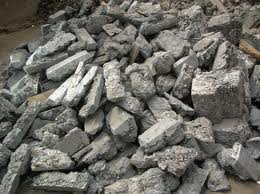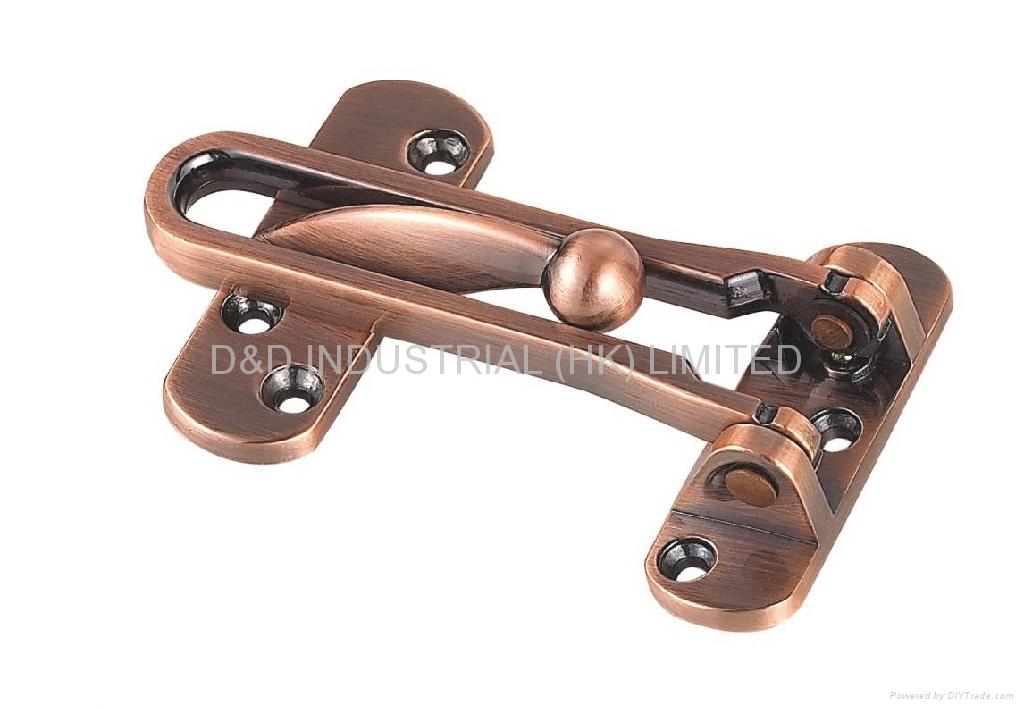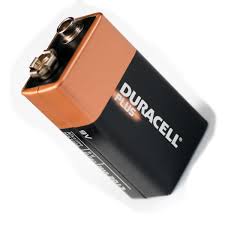


| Symbol: | Zn |
| Melting point: | 419.5'C |
| Electron configuration: | [Ar]3d104s2 |
| Atomic number: | 30 |
| Atomic mass: | 65.38+0.002 u |



| Ore | Common Name | Formula |
|---|---|---|
| Oxide | Zincite | ZnO |
| Oxide | Franklinite | (Fe,Zn,Mn)(Fe,Mn)2O4 |
| Sulphide | Zinc blende/Sphalerite | ZnS |
| Carbonate | Smithsonite/Calamine | ZnCO3 |
| Carbonate | Hydrozincite | Zn5(OH)6(CO3)2 |
| Sulphate | Goslarite | ZnSO4.7H2O |
| Silicate | Willemite | Zn2SiO4 |
| Silicate | Hemimorphite | ZnSi2O7(OH)2.H2O |
Application of Zinc as a coating material: Application of zinc as a coating material on the surface of iron and steel to check corrosion is in practice for long time. Zinc is anodic to iron and protects iron when it is not closer to the properties of zinc. Coating of zinc is applied on the surface of metals through processes like galvanizing, sherardizing, spraying, painting and electroplating. In case of galvanizing, the clean surface of steel is coated by immersion in a bath of molten zinc. In case of sherardizing, zinc is converted into powder and heated with steel. Heating is carried out between 250'C-450'C. In case of spraying molten zinc metal is spread on the surface of the steel. Painting of metal surface is carried out by applying zinc based paints. Electroplating is done by electrolysis of zinc sulphate solution. The wires, sheets or pipes are used as cathodes and aluminium strips are used as anodes. Zinc is produced from the zinc sulphate solution during the electrolysis and deposited on the cathode points. In this way, the metals are coated with zinc through electroplating method.
Bronze is also an alloy of copper, zinc and tin. Zinc is added up to 10% in such alloys. It is very hard and shining in appearance. Bronze is used in coins, utensils, medals, ornaments and statues. German silver is an alloy of copper, zinc and nickel. In German silver, copper is present up to 50%. Zinc is added from 25-35%. German silver is white in color and ductile in nature. It is hard and resistant to corrosion. German silver also shows good mechanical properties. German silver is used for making of electrical parts, utensils, ornaments and decorative items. Gun metal is an alloy of copper, tin and zinc. Zinc is added up to 2%. It is added to remove the impurities and increase the fluidity of the alloys. Gun metal is used in production of rifle barrels, bearings and gears. Another alloy of zinc is Muntz metal. Muntz metal is an alloy of copper, zinc and lead. Zinc is present up to 40%. It is used for small components of machines, electrical equipments, fuses, rods, rivets, screws, tubes and ordinance equipments.